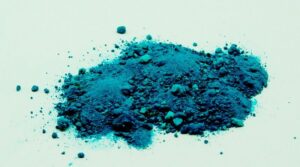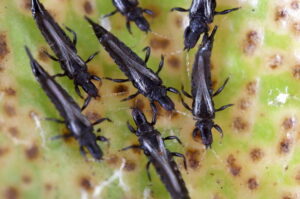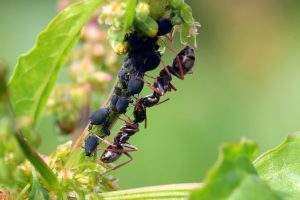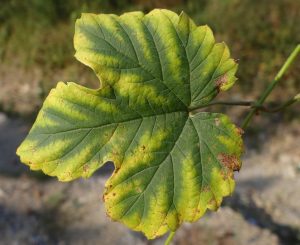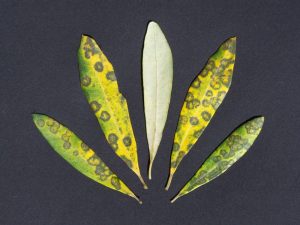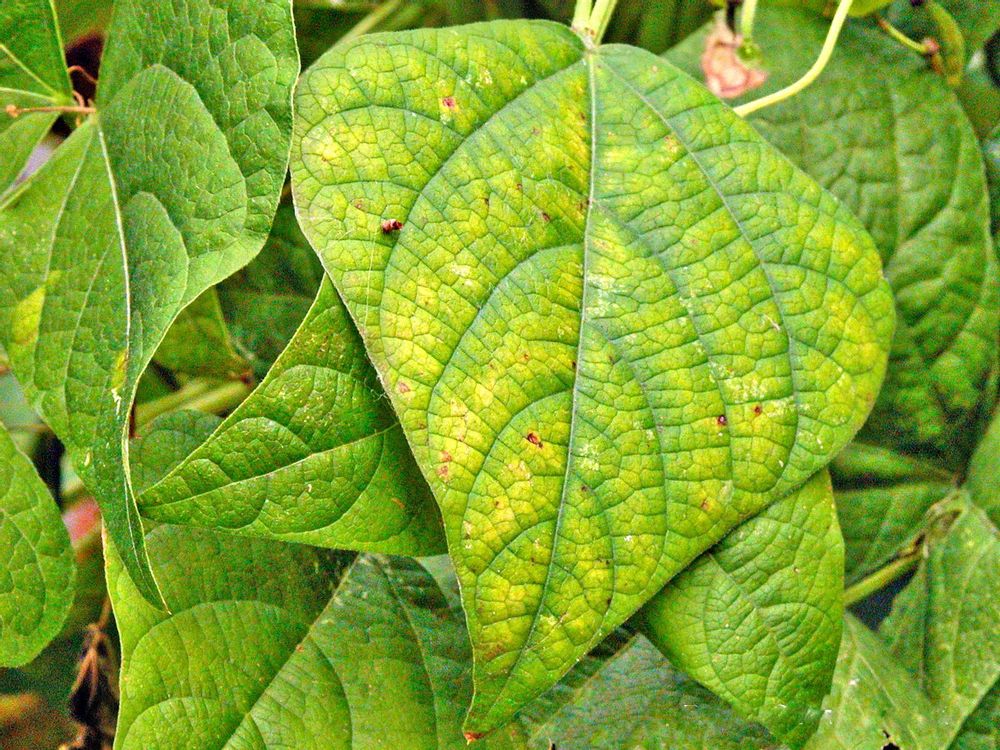
One of the most common nutritional deficiencies (lack of trace elements) that we find in citrus, fruit trees, horticultural and ornamental plants is the lack of iron (Fe). The small amount of iron and the inability of the plant to absorb iron from the soil, causes the well-known yellowing of the leaves.
Iron is a nutrient that is needed in very small amounts in plants, but is essential for plant nutrition, as it acts as a catalyst in the formation of chlorophyll and contributes to their growth, flowering and fruiting.
Symptoms of iron deficiency
When iron deficiency is in its early stages the chlorotic symptoms appear in the tender - young vegetation of the plant. At an advanced stage of iron deficiency then the symptoms appear in the older leaves as well. The characteristic symptom of iron deficiency is yellowing between the nerves of the leaf, while the nerves remain green.
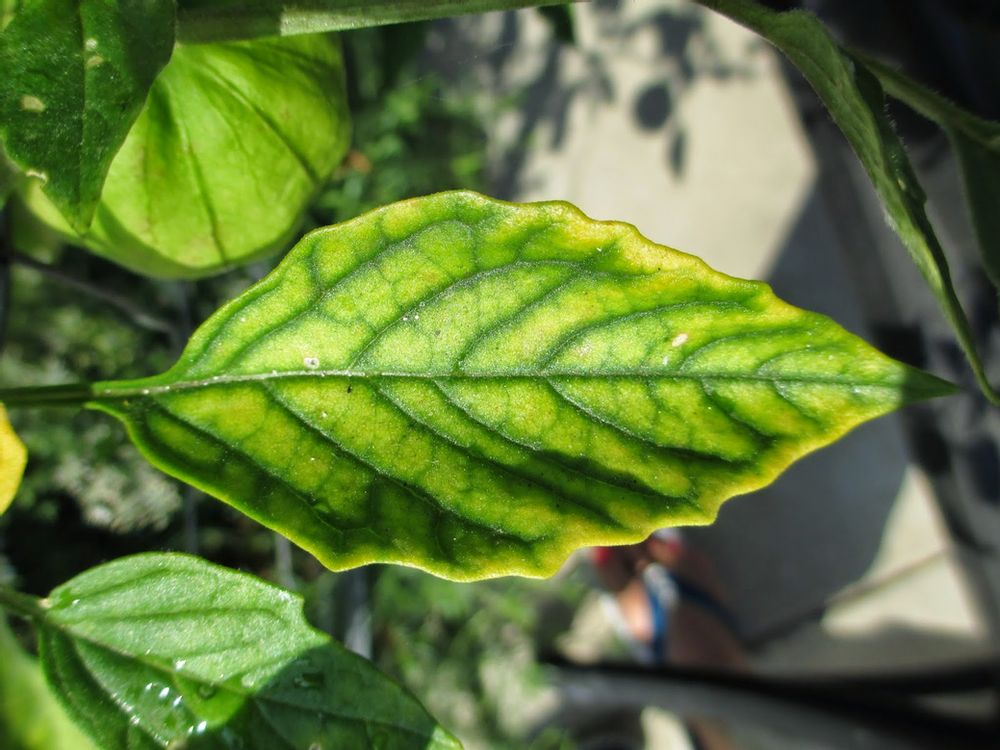
As the problem grows then the nerves start to turn yellow, and in the end the whole leaf of the plant turns yellow to white. Iron deficiency makes plants and trees chlorotic, weak, with little flowering and reduced production. In tree crops we often have twigs drying, while in greenhouse vegetables (cucumber, tomato, etc.) the lack of iron creates small fruits and plants susceptible to fungal diseases.
Conditions that favor iron deficiency
It occurs mainly in soils with elevated pH, where elevated calcium levels are observed or where iron, even if present, is difficult to dissolve and be absorbed by plants. Poor soil aeration, low substrate content of organic matter, poor drainage, excessive watering and even high water content of salts also contribute to the appearance of malnutrition.
Plants that show iron deficiency
Its deficiency can be observed in all plants, but it is more common in citrus trees, such as lemon, orange and mandarin, as well as in acidophilic ornamental plants such as gardenia, camellia, rhododendron, azalea and hydrangea. It is also observed in the vine, kiwi, rose, lily of the valley.
Dealing with iron deficiency
To deal with iron deficiency in plants, the negative factors that make absorption difficult (high pH, compacted soil, excessive moisture, lack of ventilation, etc.) should first be addressed. The addition of container of chelated iron (which is also water soluble) gives the best results. A sharp teaspoon, diluted in 1-2 liters of water to water 1-2 pots, while for citrus trees in the soil, the amount is for each tree 100-200 grams of iron chelate dissolved in 10-20 liters of water. Finally, in mild cases of iron deficiency, foliar spraying with liquid preparations can be done iron.
